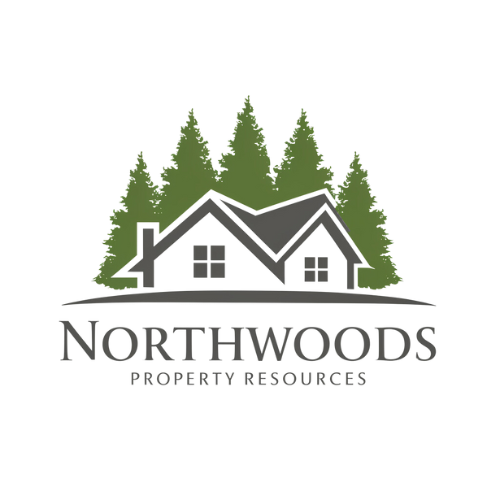Buying an investment property in Milwaukee takes planning — not just to secure the deal, but to come up with the down payment. Whether you’re looking at duplexes in Washington Heights or single-families in Riverwest, most lenders require at least 15%–25% down for investment loans. And if you’re using creative financing like seller financing or hard money, you’ll still need to bring something to the table.
When I was starting out, the down payment was the biggest hurdle. I had the hustle and the numbers worked, but I didn’t have the liquid cash sitting in a bank account. So I had to get creative — and through that process, I learned a few reliable ways to pull it together without cutting corners. Here are four solid options that I’ve used myself or helped others use to close the gap.
If you’re planning on acquiring an investment property you need the money. If you’re getting a loan or seller financing to acquire the property then the lender is lending you some of the money for it but chances are, you’ll need to provide a down payment upfront first.
Here’s What You Can Do If You Need Down Payment Money To Purchase Investment Property
Unfortunately, a down payment can be a lot of money – even 5%, 10%, 20% or 25% of the purchase price of the property (depending on the situation).
Fortunately, it’s not impossible. If you need down payment money to purchase investment property in Milwaukee, here’s what you can do in 4 simple tips…
1. Save The Money
This one might seem obvious, but it’s still one of the most reliable ways to come up with a down payment — and it works best when you’re intentional about it. Set a specific target based on the property type you’re eyeing in Milwaukee. For example, a $150,000 duplex in Sherman Park with a 20% down payment means you’ll need around $30,000, plus a cushion for closing costs.
One trick I’ve used (and recommend) is to automate your savings into a high-yield savings account and label it specifically for “Property #1.” Treat it like a non-negotiable monthly bill. You can also cut down on taxable income by using bonuses or tax returns toward the fund.
If you want to fast-track it, consider short-term income stacking — I drove for Uber on weekends for 4 months while doing small consulting gigs on the side, and that alone helped me save an extra $6K. Small moves, big impact.
2. Borrow The Money
Borrowing your down payment can work — but it needs to be done carefully and strategically. You might tap into a home equity line of credit (HELOC), borrow from a family member, or even access capital through a personal loan. I know investors in Milwaukee who’ve used HELOCs on their primary residence to fund down payments for duplexes and small multi-families — and it worked because the numbers supported the additional debt.
The key is to treat this like a business move. Always factor in the repayment terms and how they’ll affect your overall cash flow. For example, borrowing $20,000 at 8% interest with a 3-year term means an added monthly obligation of around $627 — does the investment still cash flow after that?
And if you’re borrowing from someone you know personally, put it in writing. A simple promissory note protects both parties and keeps things professional. If you wouldn’t borrow from them to open a coffee shop, think twice before borrowing for real estate.
3. Partner With Another Investor
Teaming up with another investor can be one of the quickest ways to overcome the down payment hurdle — especially if you bring the deal and they bring the capital. I’ve done this more than once, and it works best when expectations are clearly laid out from the beginning.
You can offer a variety of value in exchange: a share of the monthly cash flow, a cut of the appreciation on resale, or a fixed-interest repayment schedule. For example, in 2022, I partnered with a local investor on a fourplex in Bay View — they put up the $35K down payment, and I managed the renovation and leasing. We agreed on a 70/30 split of net profits, and everything was in writing from day one.
If you’re considering this, have a written agreement (LLC or JV contract) in place and talk to a real estate attorney — it protects both sides and keeps the relationship professional.
4. Invest With Your IRA
Use a Self-Directed IRA (With the Right Guidance)
Most people don’t realize it, but you can invest in real estate using your IRA — specifically through a self-directed IRA (SDIRA). I’ve done this myself, but let me be clear: it’s not as simple as just pulling money out.
You’ll need to work with a qualified SDIRA custodian, and there are strict IRS rules around prohibited transactions (for example, you can’t live in or personally benefit from the property, and you can’t use your own labor on it).
If structured right, you can use your retirement funds to buy investment properties outright or partner with your IRA to cover just the down payment. I bought a single-family rental in Bay View this way back in 2020 — but I made sure to consult a CPA and my IRA custodian first.
Important: Always consult a tax advisor before moving forward. Here’s a link to the IRS guidelines on self-directed IRAs to learn more.
